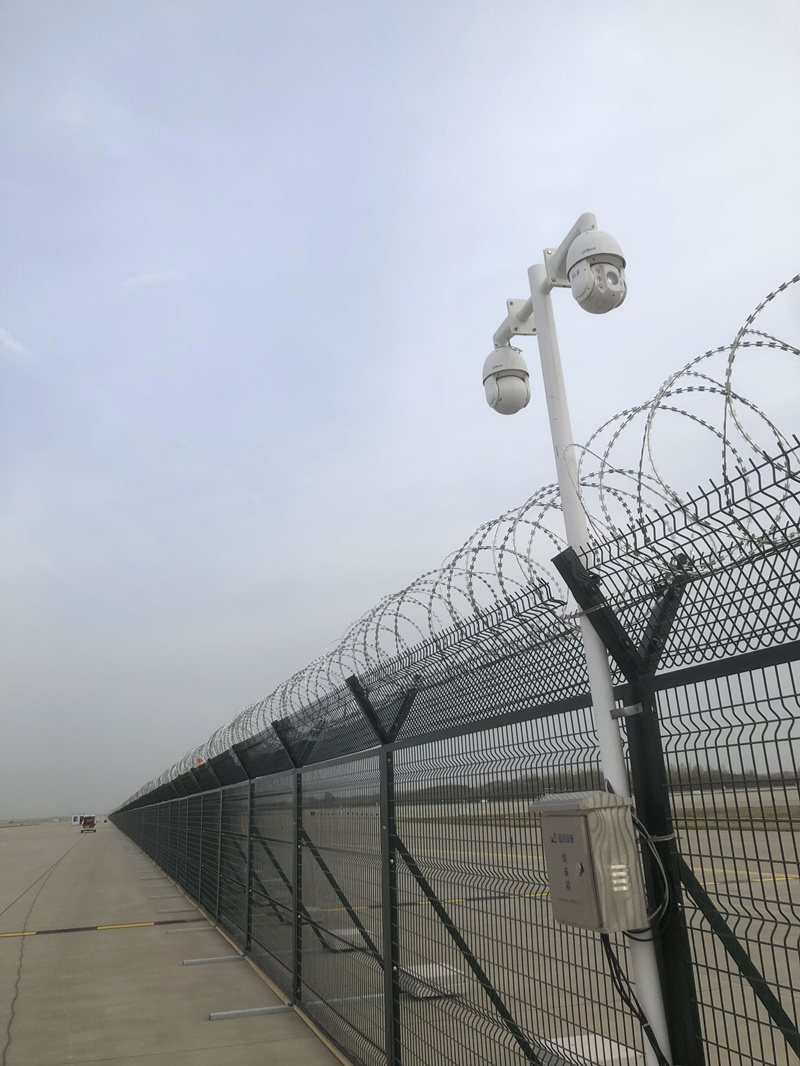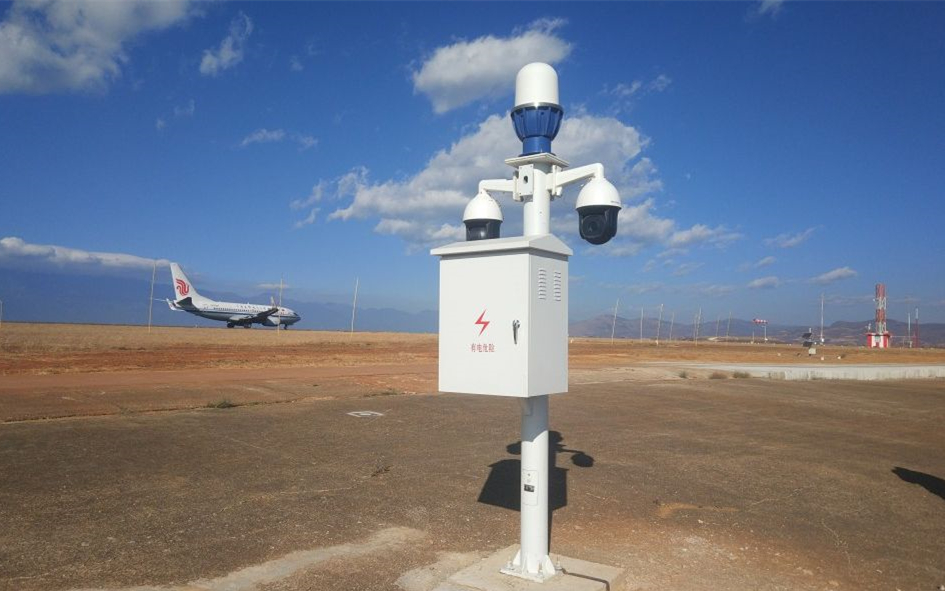Smart Airport Construction: How Security Radar Enhances Security Assurance
With the rapid development of the global air transportation industry, airports, as important hubs connecting different parts of the world, have increasingly highlighted their safety issues. In response to increasingly complex security requirements, the concept of smart airports is gradually emerging, and security radar, as a key technology, plays an important role in airport security. This article will delve into the specific application of security radar in the construction of smart airports and how to improve the level of security protection.
1、 The application background of security radar in airports
In recent years, the number of global air passengers has continued to rise, posing unprecedented challenges to airport security management. Traditional security measures such as closed-circuit television (CCTV), infrared sensors, and manual patrols have limitations in dealing with complex environments. Security radar has become an important component of modern airport security management due to its high precision, all-weather, and long-distance detection advantages.
2、 The functions and characteristics of security radar
Security radar detects objects by emitting and receiving electromagnetic waves, and its basic components include a transmitter, a receiver, and a signal processing system. Radar can measure the position, velocity, and motion trajectory of objects in real time, with high sensitivity and strong anti-interference ability. This makes security radar highly adaptable in various complex environments. Its main functions and features include:
- All day operation: not affected by factors such as light and weather, able to work stably under various conditions.
- High precision detection: Provides high-resolution target information that can distinguish between personnel, vehicles, and other obstacles.
- Long range coverage: With a long detection distance, it is suitable for monitoring large areas.
- Intelligent recognition: Combined with AI technology, it can identify abnormal behavior patterns and provide early warning of potential threats.
- Multi target tracking: It can simultaneously track multiple targets and provide real-time dynamic information.
3、 Application of Security Radar in Smart Airports
a. Boundary anti intrusion alarm
The application of security radar in airport perimeter can significantly improve the physical security protection level of airports. By installing radar equipment on the perimeter, real-time monitoring of activities around the perimeter can be achieved. Once abnormal behavior is detected, such as climbing fences, approaching restricted areas, etc., the system will automatically trigger an alarm and send the information to the control center. In addition, it can also be linked with the video surveillance system to automatically retrieve camera images of the corresponding area for quick confirmation of the situation.

b. Runway Foreign Object Detection (FOD)
Foreign Object Debris (FOD) on the runway may pose serious safety hazards and even cause accidents. Security radar can be used to monitor foreign objects on the runway in real-time, detect and remove them in a timely manner, and ensure flight safety. The radar system can identify small metal, plastic, and other debris on the runway and quickly dispatch personnel to clean them up by combining with the ground vehicle management system.

c. Real time data analysis
Security radar combined with artificial intelligence technology can perform real-time analysis on the collected data. By identifying abnormal behavior, the system can generate automated security alerts. For example, identifying abnormal activity patterns, such as people who stay for long periods of time or move quickly. Integrate radar data with other monitoring systems (such as video surveillance) to form a comprehensive security situational awareness.
d. Multi level protection system
Security radar is linked with other security systems (such as facial recognition, intrusion detection systems, etc.) to form a multi-level protection system. This comprehensive protection can effectively enhance the overall security level. Specific measures include automatically initiating corresponding security procedures when the radar detects suspicious activity. Data sharing between different systems ensures that security personnel can quickly access necessary information and improve response speed.
4、 Technological progress in security radar
a. Integration of new technologies
In the future, with the development of emerging technologies such as 5G and the Internet of Things (IoT), the application of security radar will become more widespread. The integration of these technologies will bring: higher data transmission speed, enabling radar to transmit large amounts of data in real time and improve response speed; More intelligent analytical capabilities, combined with big data analysis and deep learning, enhance the accuracy of abnormal behavior recognition.
b. Miniaturization and integration of equipment
Security radar equipment will develop towards miniaturization and integration, which will make the deployment of security systems more flexible and adaptable to the needs of airports of different sizes and types.
5、 Ways to enhance security protection through security radar
Security radar has significantly improved the level of airport security through various means:
- Enhance monitoring range: The long-range detection capability of radar greatly expands the monitoring range, effectively filling the blind spots of traditional monitoring equipment.
- Improve response speed: Real time monitoring technology enables abnormal situations to be detected immediately and quickly transmitted to relevant departments, shortening emergency response time.
- Optimize resource allocation: By analyzing historical data, managers can arrange security resources more scientifically and improve resource allocation efficiency.
- Improve management efficiency: Automated monitoring reduces the burden of manual patrols, lowers labor costs, and improves overall management level.
- Data driven decision-making: The large amount of data generated by radar systems can be analyzed to provide decision support for management and help optimize operational strategies.
With the development of technologies such as the Internet of Things (IoT), big data, and cloud computing, security radars are constantly innovating and improving. The future security radar will be more intelligent and integrated, interconnected with more intelligent devices and systems, and jointly build a security protection network for smart airports.
